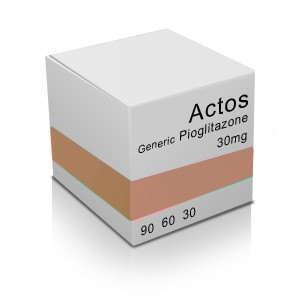The New England Compounding Center, a pharmacy that distributed a steroid for back pain, has issued a voluntary recall of all of its products, due to an outbreak of fungal meningitis.
The Food and Drug Administration had previously told health professionals not to use any products distributed by the center. The Centers for Disease Control and Prevention has confirmed 105 cases of the rare form of fungal meningitis. The outbreak spans nine states and has killed at least eight people. The states with reported cases are: Florida, Indiana, Maryland, Michigan, Minnesota, North Carolina, Ohio, Tennessee and Virginia.
The steroid linked to the outbreak had already been recalled, and health officials have been scrambling to notify anyone who may have received an injection of it.
On September 25, 2012, the New England Compounding Center, located in Framingham, Massachusetts, voluntarily recalled the following lots of methylprednisolone acetate (PF) 80mg/ml:
- Methylprednisolone Acetate (PF) 80 mg/ml Injection, Lot #05212012@68, BUD 11/17/2012
- Methylprednisolone Acetate (PF) 80 mg/ml Injection, Lot #06292012@26, BUD 12/26/2012
- Methylprednisolone Acetate (PF) 80 mg/ml Injection, Lot #08102012@51, BUD 2/6/2013
On October 3, 2012, the compounding center ceased all production and initiated recall of all methylprednisolone acetate and other drug products prepared for intrathecal administration. A list of all recalled products related to the fungal meningitis outbreak can be found here.
It is not yet known exactly how many people may have been affected, though it could affect hundreds or even thousands of people who received the steroid injections for back pain from July to September.
The recalled products were distributed to clinics in the following states:
California, Connecticut, Florida, Georgia, Idaho, Illinois, Indiana, Maryland, Michigan, Minnesota, North Carolina, New Hampshire, New Jersey, Nevada, New York, Ohio, Pennsylvania, Rhode Island, South Carolina, Tennessee, Virginia, Texas, and West Virginia.
Meningitis is caused by the inflammation of protective membranes covering the brain and spinal cord. Fungal meningitis is not contagious as are its more common viral and bacterial counterparts.
Continue reading ›
 Georgia Injury Lawyer Blog
Georgia Injury Lawyer Blog


 Manufactured by Takeda Pharmaceutical Company Limited and co-marketed in the United States by Eli Lilly and Company, Actos is a medication that is prescribed with diet changes and exercise to help regulate blood sugars for patients suffering from Type II diabetes. Prescribed in a daily 15 mg, 30 mg or 45 mg dose, Actos helps the body to be more efficient in its production, breakdown and absorption of blood sugars. When a person has too much blood sugar, the blood may become toxic to the organs, which are unable to use the sugar as fuel. Actos helps the muscles use insulin to absorb the needed sugar and keeps the liver from overproducing sugar. The Food and Drug Administration (FDA) has issued a
Manufactured by Takeda Pharmaceutical Company Limited and co-marketed in the United States by Eli Lilly and Company, Actos is a medication that is prescribed with diet changes and exercise to help regulate blood sugars for patients suffering from Type II diabetes. Prescribed in a daily 15 mg, 30 mg or 45 mg dose, Actos helps the body to be more efficient in its production, breakdown and absorption of blood sugars. When a person has too much blood sugar, the blood may become toxic to the organs, which are unable to use the sugar as fuel. Actos helps the muscles use insulin to absorb the needed sugar and keeps the liver from overproducing sugar. The Food and Drug Administration (FDA) has issued a